‘Reimagining’ Old Idaho Penitentiary puts historic gun collection in limbo | Opinion
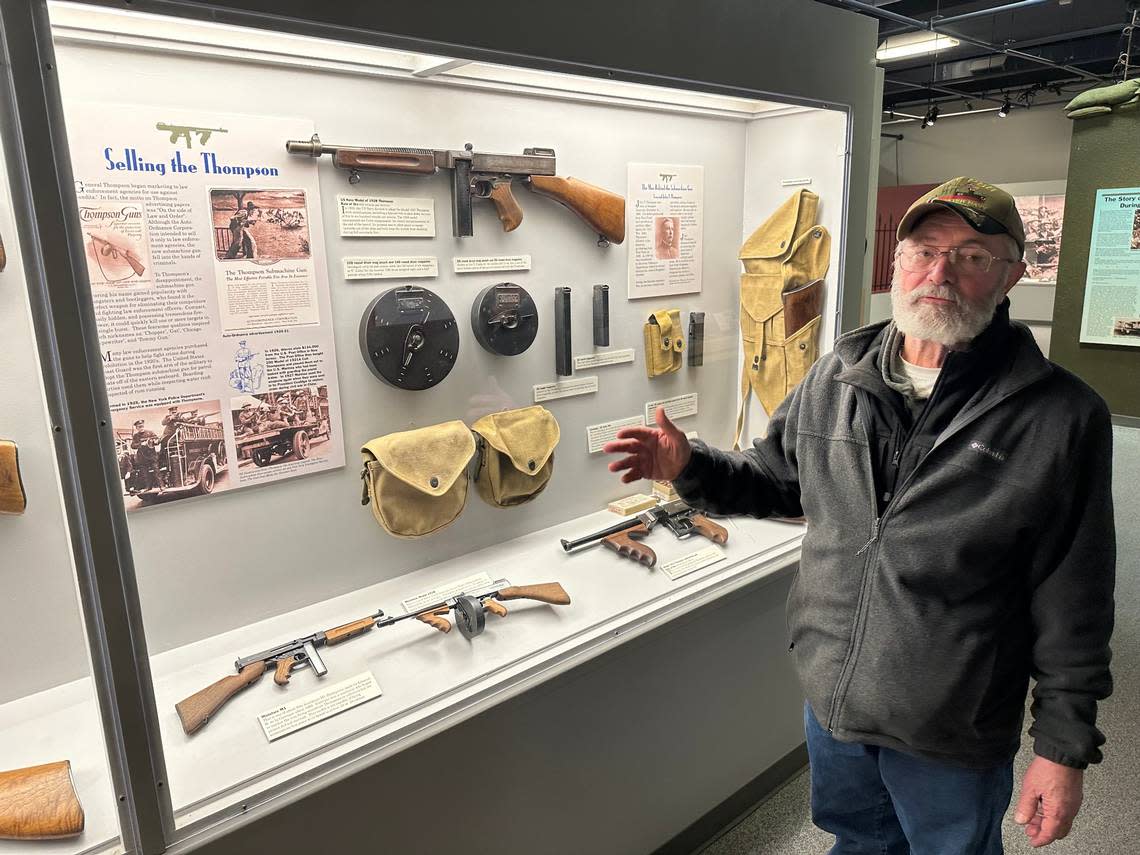
Tucked away in a 4,500-square-foot former warehouse in a far corner of the Old Idaho Penitentiary in Boise sits an exhibit representing one of the nation’s largest collections of historic weapons and military memorabilia.
The J. Curtis Earl Weapons Exhibit is an impressive collection of rare, historic and valuable guns, particularly fully automatic weapons, which were a specialty of the collection’s donor, J. Curtis Earl, who donated a sizable chunk of his extensive collection to Idaho in 2000.
“It’s a real cross-section of the evolution of firearms, from flintlocks to full automatic,” said former Idaho state museum director Ken Swanson, who was instrumental in landing the collection for Idaho. “I would say it’s probably one of the best collections per se in the nation of this kind of material, especially in public hands.”
But the Idaho State Historical Society is in the middle of a multiyear “reimagining” process of the entire Old Idaho Pen site, looking for ways to tell the story of criminal justice and incarceration going back to tribal and territorial days of Idaho’s history, when the Old Pen was built 150 years ago.
“(We had) an opportunity to have a conversation with people who had local knowledge, national knowledge, regional knowledge about the history of incarceration in our country, the values of society as it relates to that,” Idaho State Historical Society Executive Director Janet Gallimore told me in an interview. “It’s really important for us to have a conversation about what should we be talking about? What does this Old Pen represent in terms of that American story? And then how do we navigate that?”
Amid all that, though, the Earl Exhibit sticks out like a Garand thumb (an inside joke about a shooter’s thumb after getting hit by the bolt of an M1 Garand rifle).
The Earl Exhibit may have connections to Idaho history and maybe a little bit of a connection to the Old Pen, but, really, it’s a gun exhibit.
As the Old Idaho Pen goes through the reimagining process, how does the Earl Exhibit fit into those plans?
“Obviously, there were some questions, like, ‘How does the Earl story fit within the context of this 4-acre site that goes back 150 years?’ ” Gallimore said. “We knew that that would be something that we would have to navigate and discuss.”
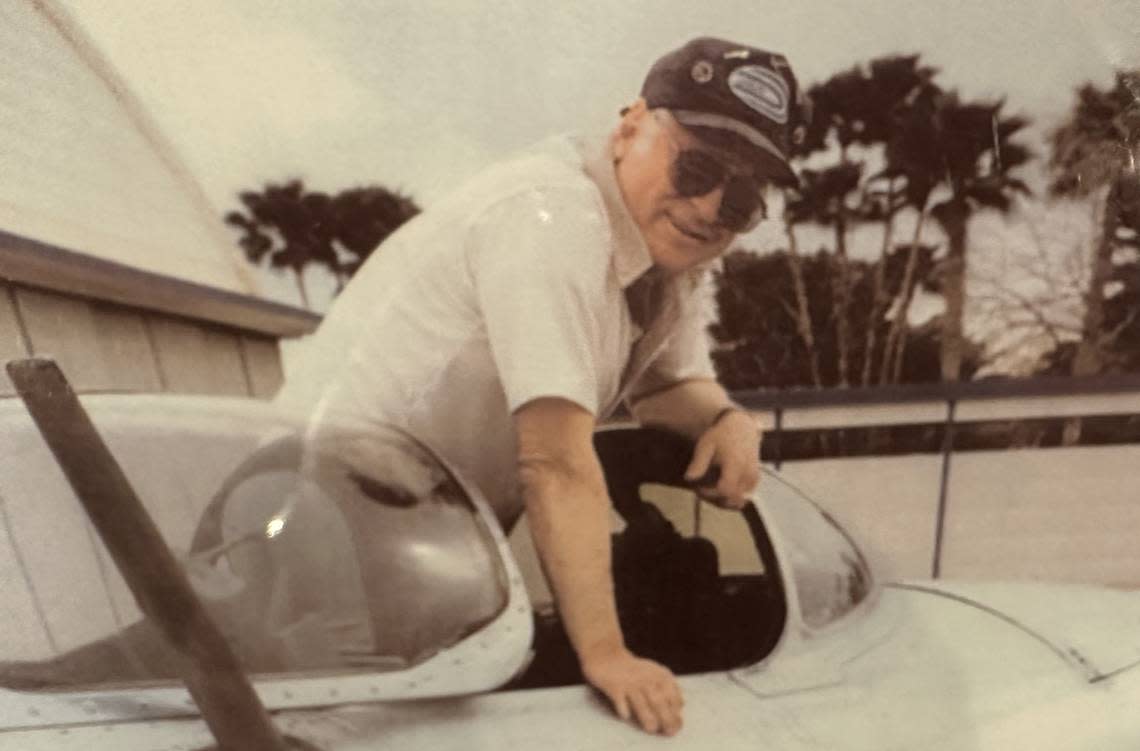
How Idaho got the collection
Earl was a well-known arms collector and dealer who lived part time in Boise. I never met him, but from what I’ve read about him, he strikes me as a Hunter S. Thompson type.
He kept a massive Gatling gun in the living room of his home in the Boise Foothills. In the backyard was a concrete bunker, complete with bank vault door, and the walls were lined with 250 or more Thompson submachine guns.
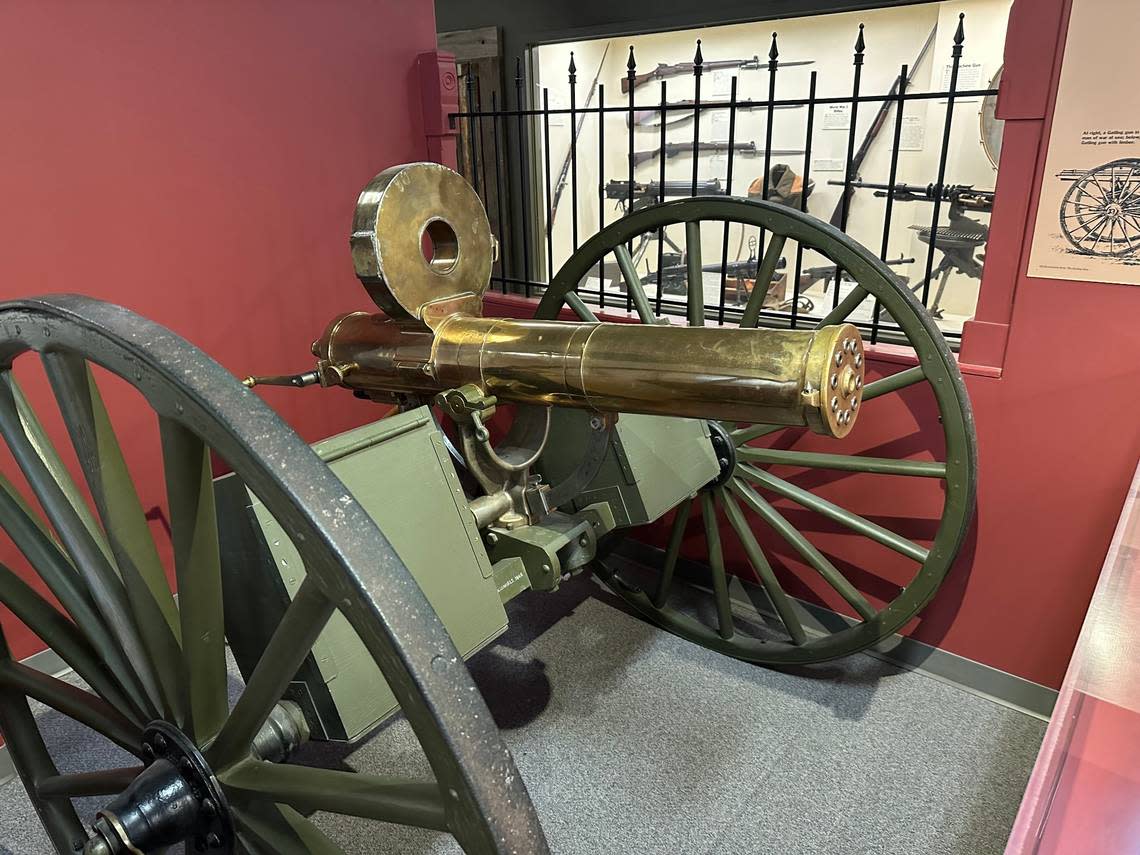
Starting in the 1970s, Earl produced a popular catalog of machine guns and submachine guns “for shooter or collector,” that he sold to the public for $1 at first then up to $5 for a catalog in the 1980s.
Earl was also a pilot and collector of airplanes. He served as the crew chief and co-pilot of the B-25 that was used in the filming of “Catch-22.”
Small Arms Review has an excellent if lengthy three-part story on the life of Curtis Earl, who was born and raised in Utah, moved to rural Idaho, and later in life split his time between Phoenix and Boise.
When Earl announced in the late 1990s that he was looking to sell his collection, it drew interest from several collectors and other museums, including the Smithsonian.
“Some of the biggest collectors and museums in the nation really wanted to get access to the collection, but they wanted to cherry-pick it,” Swanson said. “And that’s not what Earl wanted. He wanted the collection to be kept together.”
Right around Christmas 1999, Earl called Swanson and said he decided to donate his collection to Idaho, at least in part because Idaho would keep the collection together.
“I just about fell out of my chair,” Swanson said.
The only empty space that the Idaho State Historical Society had at the time was an old warehouse at the Old Idaho Penitentiary that had been used as a license plate factory at one point but at the time was just being used for storage.
In addition to the estimated $5 million value (at the time) of the collection, Earl also donated $900,000 to fix up the building.
Earl died just a few months later, in July 2000, before he could see the exhibit come to fruition when it opened in 2002.
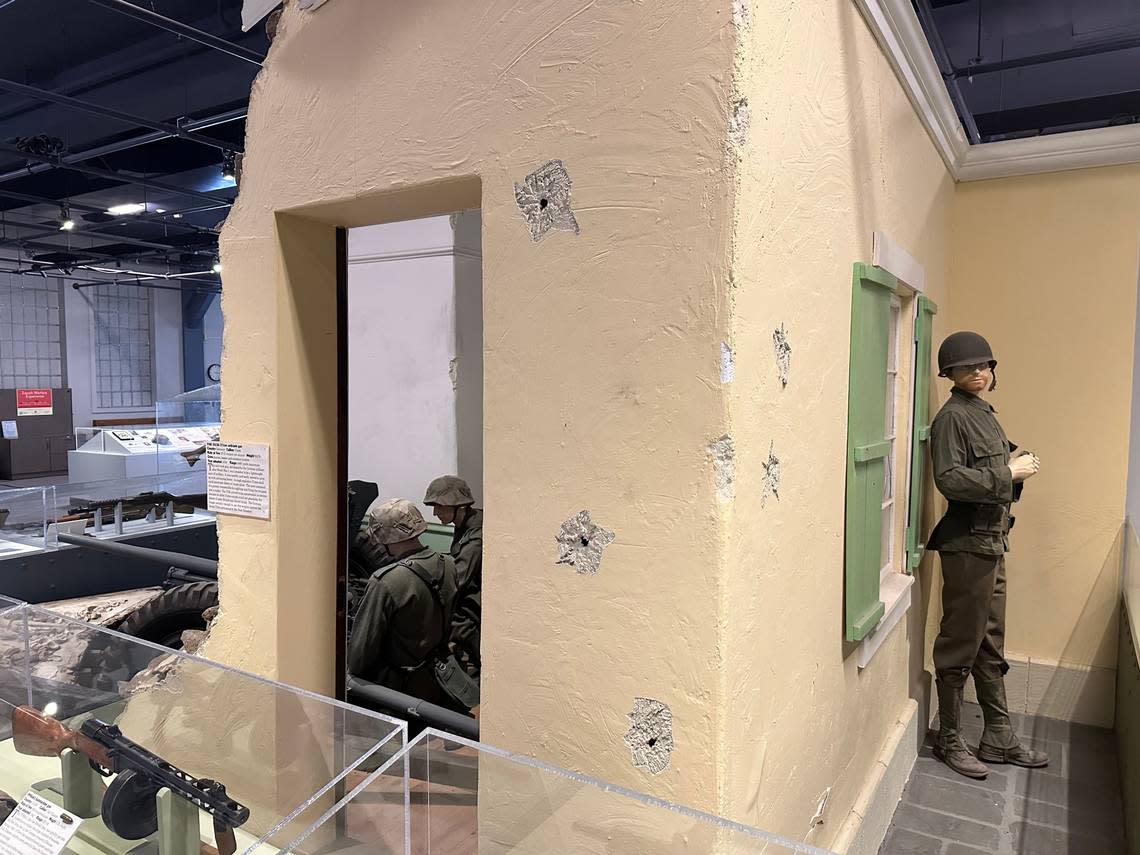
What’s in the collection
The collection is extensive, impressive and rare, including Bronze Age weapons, medieval arms and armor, Revolutionary War firearms and swords, Civil War guns and an 1883 Gatling gun (which Earl picked up from the San Quentin Prison). The exhibit includes pistols, rifles, machine guns, mortars and cannons from World Wars I and II, the Spanish American War, right up to the Vietnam War.
The exhibit is well-done and informative, including a re-creation of a World War I trench and an exhibit of an American soldier sneaking up on two German soldiers in a bullet-riddled house in World War II. (The bullet holes are real. Swanson took the exhibit out to the desert and shot it up.)
But Earl’s specialty was fully automatic weapons. In addition to the Gatling, the collection features the earliest machine guns by Maxim, Browning and Lewis, a British Vickers machine gun, an MG42, known as “Hitler’s buzzsaw,” and submachine guns, including the infamous “Tommy gun,” or Thompson.

Unique collection
If you’re a gun lover, the Curtis Earl exhibit is a paradise.
If you’re not a gun lover, I won’t bore you with all the details.
But I will bore you with one detail that stands out.
Probably the two most well-known assault rifles are the Soviet AK47 and the American AR-15. (Of course, the Earl exhibit contains examples of both.)
American Eugene Stoner was the developer of the AR-15, the ubiquitous M16 military rifle in the Vietnam War and still used today, and the M63, a redesign of the M16 that was used primarily by the Navy Seals in the Vietnam War era. The sign next to the M63 that’s on display says only that it was Stoner’s personal weapon.
But there’s more to the story.
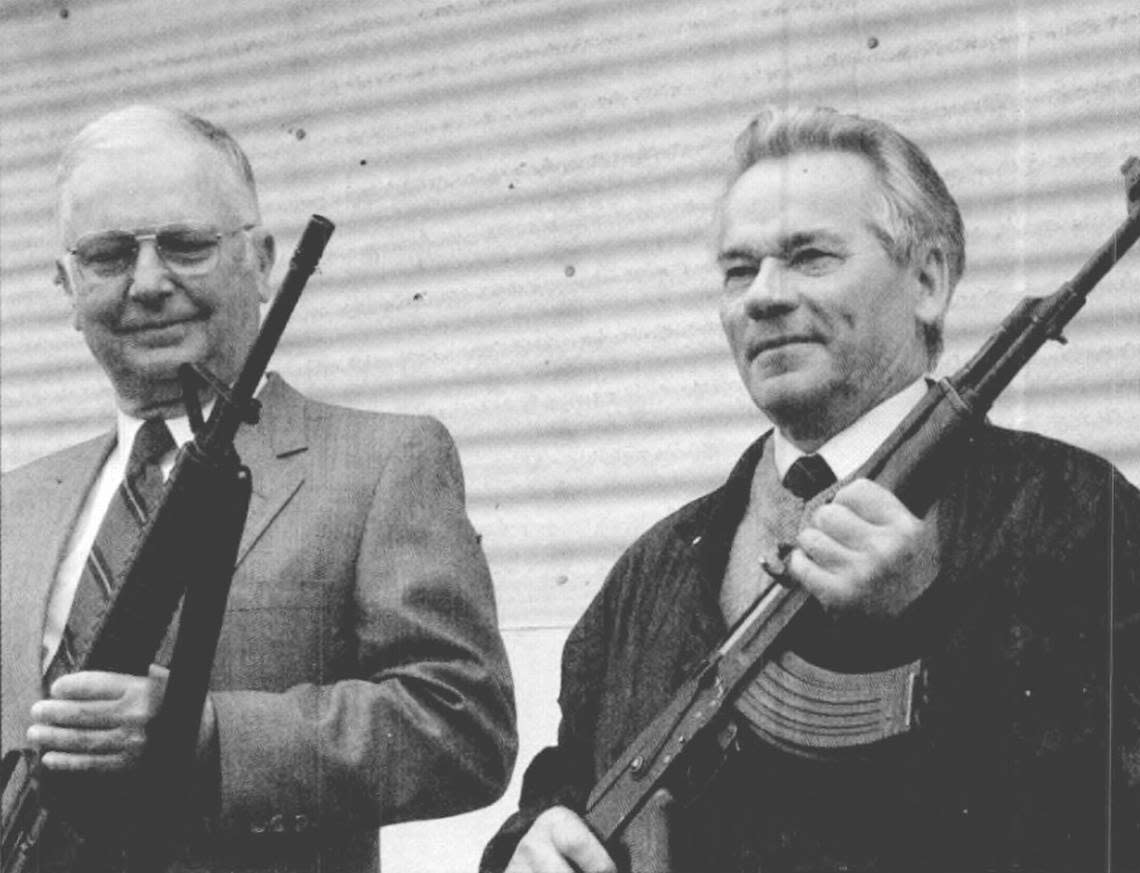
For five days in May 1990 — just six months after the fall of the Berlin Wall — Mikhail Kalashnikov, the developer of the AK47, visited Stoner in the United States in a trip organized by the Smithsonian Institution. During the visit, Kalashnikov and Stoner, of course, went out shooting, and they shot Stoner’s M63, which Earl bought from Stoner’s widow and is the one on display at the exhibit, according to Swanson.
The equivalent would be a display of Henry Ford’s personal Ford Super Deluxe if he and Enzo Ferrari had driven it around Ann Arbor. Or a display of Bill Gates’ computer if Steve Jobs had come over to his house to play video games on it.
Suffice it to say that this is truly a unique collection.
And what’s on display is only the tip of the iceberg.
Gallimore said that about 100 items are on display, and Curtis donated 2,039 items, many of which are sitting in storage. She said that’s not unusual, and that any museum typically has only 1%-3% of its entire collection on exhibit.
So while the exhibit takes up 4,500 square feet of space, it could be 20 times that space and still not display all of what Earl donated.
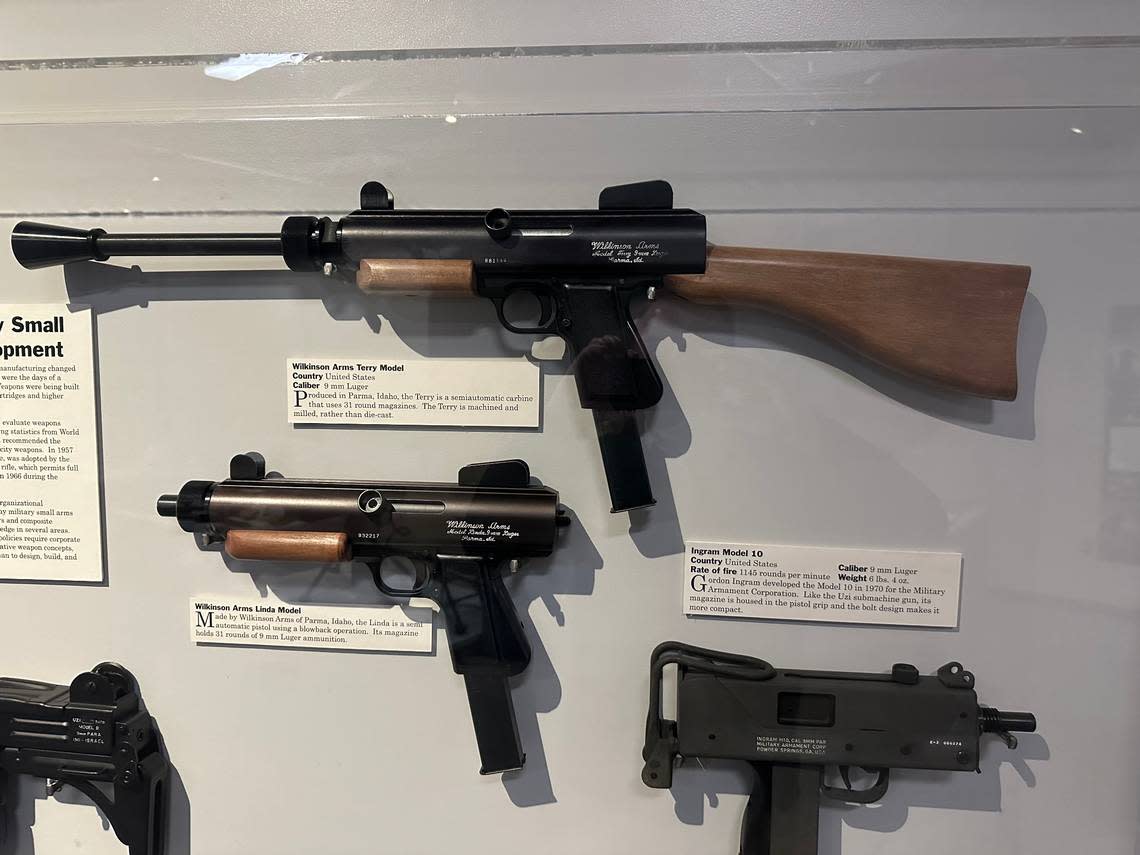
What’s next
The Idaho State Historical Society is in the process of hiring a design firm that will come on board in June to help redesign the Old Idaho Penitentiary.
“And then we will start looking at what’s the story, and can we reframe the story and retell the story in a way that still honors Mr. Earl, but perhaps reinterpreted in a way that makes its story connect to the site,” Gallimore said.
A master plan for the entire Old Idaho Pen site and future vision for the entire campus addresses the challenges of the Curtis Earl Exhibit.
“This large, conditioned space is the best exhibit space on site,” according to the 99-page master plan document. “The exhibit is appropriately designed and fabricated, but its content bears no connection to the (Old Idaho Penitentiary) and unintentionally undermines its educational mission.”
Gallimore said the challenge is how to more deeply connect the exhibit to the overall message and mission of the Old Idaho Pen.
“It is a beautiful exhibit … there’s no challenging that the collection is fantastic,” Gallimore said. “It’s an amazing collection, and it’s a world collection because of its scope. But how do we make the connection so that it makes sense within that space? And so I think that that’s part of the opportunity that we have.”
The master plan suggests that “if the weapons exhibit were moved to a facility where its content was more appropriate, this space might be designed to house a more comprehensive exhibition about the (penitentiary’s) history.”
There’s a big obstacle to moving or selling the collection, particularly the automatic weapons in the collection.
“If you have an unregistered machine gun, there’s only two places it can go,” Swanson said. “A state museum or a state military museum. Those are the only two that can take in these things.”
The Idaho Military History Museum, at 4692 W. Harvard St., near Gowen Field, which qualifies as eligible to receive the guns, would be an ideal candidate. It is owned by the Idaho National Guard and run by the Idaho Military History Society.
Plus, it was Earl’s wish that the exhibit be dedicated to “the memory of all those who served and fought, and especially those who paid the supreme sacrifice, in the defense of our great country in order to preserve our freedom and ideals as a free people.”
Swanson, who also serves on the board of the Idaho Military History Museum, said they would take the collection in a heartbeat.
Gallimore said the Historical Society had a conversation early on with the Military History Museum, but Earl’s deed of gift specifies “the collection will be displayed in the renovated building at the Old Penitentiary.”
Gallimore said that the Historical Society has a “legal responsibility” to keep the exhibit in that space at the Old Idaho Pen.
My fear is that the Idaho State Historical Society will scale down the Earl exhibit, tuck it away in a corner of the exhibit space to make room for other exhibits that better serve the overall mission of the Old Idaho Pen.
In an ideal world, the Curtis Earl collection would have a museum of its own. Barring that, though, and given the limitations of transferring the collection’s materials, the best option is to transfer the collection to the Idaho Military History Museum.
Swanson said the board has already approved an expansion of the Idaho Military History Museum of 8,000 square feet or more, and some fundraising already has begun.
To me, that would accomplish two goals: It would free up more space for the Idaho State Historical Society and it would provide a bigger space for more of Earl’s collection — which it deserves.
“There’s all kinds of material. There’s Japanese firearms, German firearms, World War I, World War II, bolt-action rifles, semiautomatic, pistols, it’s just a plethora of material out there,” Swanson said. “His focus was on automatic weapons, but he collected a little bit of everything.”
